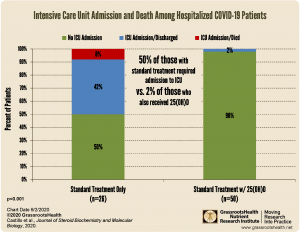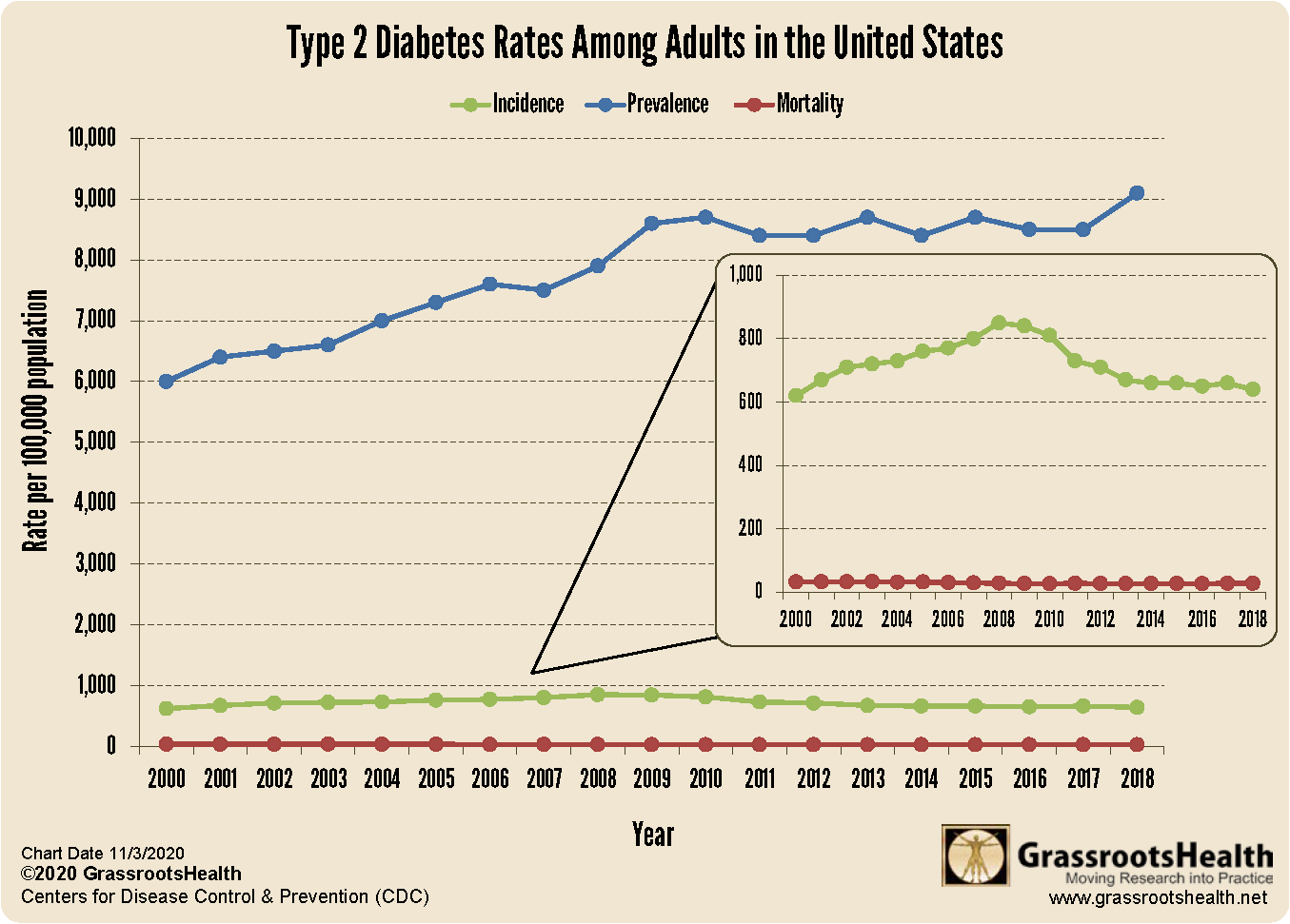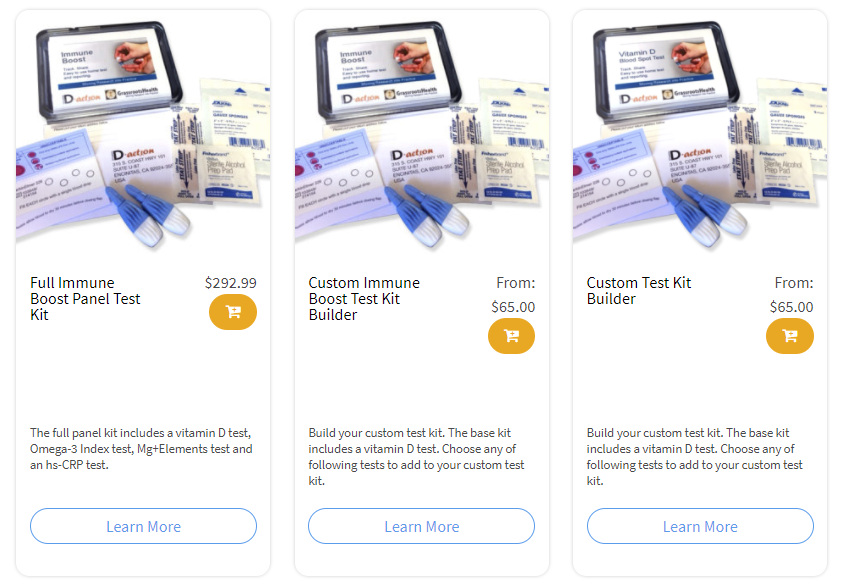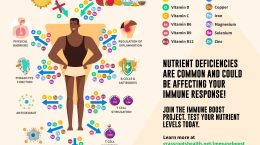Published on November 4, 2020
Incidence, Prevalence, and Mortality – how are death and loss of health due to a disease within a population measured?
 Studying health outcomes and risk factors at a population level is an important part of evidence-based medicine. However, understanding research studies and disease surveillance reports can be very difficult and confusing. In this blog series we will explore key concepts including study types and statistics to help you better understand research results. In this post, we will discuss how death and loss of health due to a disease (i.e. disease burden) within a population are measured.
Studying health outcomes and risk factors at a population level is an important part of evidence-based medicine. However, understanding research studies and disease surveillance reports can be very difficult and confusing. In this blog series we will explore key concepts including study types and statistics to help you better understand research results. In this post, we will discuss how death and loss of health due to a disease (i.e. disease burden) within a population are measured.
Morbidity and mortality are two measures of disease burden. Morbidity refers to the amount of disease within a population. Incidence and prevalence are two measures that estimate morbidity. Mortality, on the other hand, refers to death either in general or due to a specific cause.
What is incidence?
Incidence is the proportion (or rate) of new cases of a disease within a specific population. Another way to look at it would be that incidence is the probability of being diagnosed. In practical terms, measuring disease incidence takes a lot of time (often many years) to monitor the population over the given time frame.
The population is a group of people with a common characteristic such as residing in a particular location or of a specific gender, age, or race/ethnic group. Additionally, for incidence, the population only includes individuals “at risk” for the disease, which are those who are disease-free initially but have the potential to be diagnosed with the disease. For example, when assessing prostate cancer incidence, the “at risk” population would be men with a prostate who do not have prostate cancer (women are not included in the “at risk” population since they do not have a prostate gland).
What is prevalence?
Prevalence is the proportion of individuals that have a disease (both new and preexisting cases) within a specific population at a given time. In other words, prevalence is the likelihood of having the disease. In practical terms, measuring disease prevalence is less time consuming because it is a snapshot in time. Tracking this measure of disease and estimating future prevalence trends help with healthcare resource planning and prevention measures.
Example: Type 2 Diabetes in the United States
Using type 2 diabetes as an example, the chart below shows the incidence (new cases), prevalence (new and preexisting cases), and mortality (death from diabetes) rates for a specific population (U.S. adults) during a specified period of time (each year from 2000 to 2018).
Since type 2 diabetes is a chronic condition that individuals may live with for many years, you can see that the prevalence is much greater than the incidence (incremental new cases added each year).
Nutrient status can have an effect on disease burden in a population. For example, GrassrootsHealth published an analysis in 2016 that found that the incidence of type 2 diabetes was 60% lower in the GrassrootsHealth cohort, whose average vitamin D level was 41 ng/ml (103 nmol/L), compared to the U.S. population, whose average level was 22 ng/ml (55 nmol/L), after adjusting for age, gender, race, smoking status, and BMI.
Stay tuned for more parts of this series where we will be discussing different study types as well as common statistics you would find in research reports.
Could a nutrient deficiency be hindering your overall health?
Could a vitamin D deficiency be putting a damper on your health and immune response? Do you know your levels of other immune-important nutrients as well?
Using the GrassrootsHealth Custom Kit Builder, you can create a test kit that measures your vitamin D level and other important nutrients (such as omega-3s and magnesium), as well as your CRP level. Click here to build and order your test kit today – measure your status and take the steps necessary to improve them if needed; make an impact on your health today and for your future! When you know what your levels are, you can determine next steps to take and how much supplementation may be needed if you are not at your target levels.
Concerned specifically about nutrients important to your immune response? Find out levels of these nutrients by testing your vitamin D, omega-3s, magnesium and other essential elements (including selenium), as well as your inflammation levels, with the new Immune Boost home test kit offered by GrassrootsHealth. Measuring levels is the only way to know if you are supporting your immune system and whether additional changes should be made, with supplementation, dietary changes, or both.
Enroll now with the Full Immune Boost Panel (which includes tests for vitamin D, Omega-3 Index, magnesium, zinc, selenium, copper, and hsCRP), and get 10% off when you use coupon code BoostTen at checkout.
What Does it Take YOU to Get Your D to 40 ng/ml (100 nmol/L)?
Did you know your health could be greatly affected by making sure you have a vitamin D level of at least 40 ng/ml (100 nmol/L)? Help us help you.
STEP 1 – Do you know what your vitamin D level is? If not, be sure to test today to find out.
STEP 2 – Determine your target level. Are you at your target level? Experts recommend a level of at least 40-60 ng/ml (100-150 nmol/L).
STEP 3 – Need to boost your level? Use the D*calculator to see how much vitamin D it may take to reach your target. Opt for the Loading Dose for a quicker boost.
STEP 4 – Optimize how your body absorbs and utilizes vitamin D with co-nutrients and these simple steps.
STEP 5 – Re-Test! This is an important step to make sure you have reached your target level, and to ensure you are not taking too much! Re-testing after 3-4 months is recommended.
STEP 6 – Adjust, Repeat…
Give your immune system the nutrients it needs to support a healthy you and protect yourself from unnecessary diseases, especially COVID-19.
NEWS ALERT
 The first Randomized Controlled Trial on vitamin D and COVID-19 has shown a 96% lower risk of ICU admission for those receiving vitamin D (as 25(OH)D to quickly boost vitamin D blood levels) along with the standard treatment, compared to those receiving standard treatment alone.
The first Randomized Controlled Trial on vitamin D and COVID-19 has shown a 96% lower risk of ICU admission for those receiving vitamin D (as 25(OH)D to quickly boost vitamin D blood levels) along with the standard treatment, compared to those receiving standard treatment alone.
These results support many previous observational studies showing a relationship between vitamin D levels and intake and COVID-19 severity.
Review the Latest Nutrient Research for COVID-19
GrassrootsHealth Nutrient Research Institute has launched the new Immune Boost project with the use of our myData-myAnswers nutrient health system that nearly 15,000 people are already using for their health. Specific markers that influence immune health are suggested for testing as part of this project including:
- Vitamin D
- Omega-3 Index
- Essential elements magnesium, selenium, and zinc
- hsCRP
Our goal is to demonstrate how one can use the Nutrient Research Model established by Dr. Robert Heaney to show the effect of vitamin D serum levels of at least 40 ng/ml (100 nmol/L) on risk reduction for all ethnicities in the population. Status and intake of other nutrients will also be analyzed for any type of relationship to immune status and symptom severity. Join the project today!
Please let us know if you’re interested in helping sponsor this project.
CLICK HERE for updates and new information about the project.
Through GrassrootsHealth Nutrient Research Institute, you can also test your essential elements magnesium, copper, zinc and selenium, toxins such as lead, mercury and cadmium, as well as your omega-3 levels, inflammation levels and thyroid stimulating hormone (TSH) level. Find out your levels today! Log on to the test selection page (click the link below) to get your tests and see for yourself if your levels can be improved.
Make sure you track your results before and after, about every 6 months!
Click Here to Access the Test Page
How can I track my nutrient intake and levels over time?
To help you track your supplement use and nutrient levels, GrassrootsHealth has created the Personal Health Nutrient Decision System called
For each specific supplement, you can track what days you take it, how much, and many other details. This will help you know your true supplemental intake and what patterns of use work for you to reach and maintain optimum nutrient levels. Check it out today!










